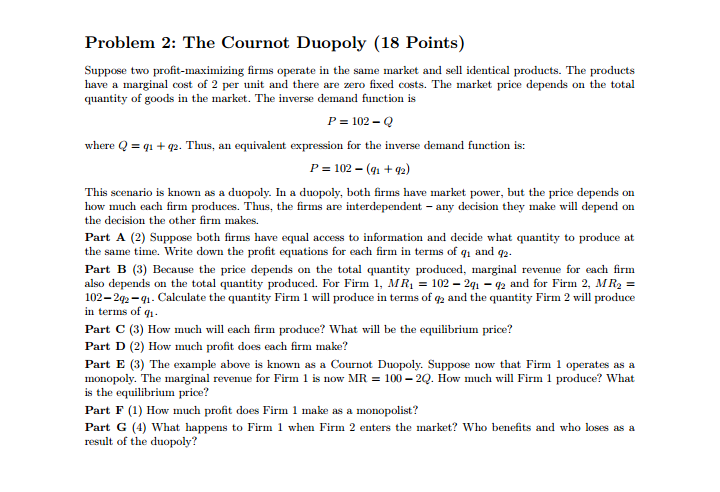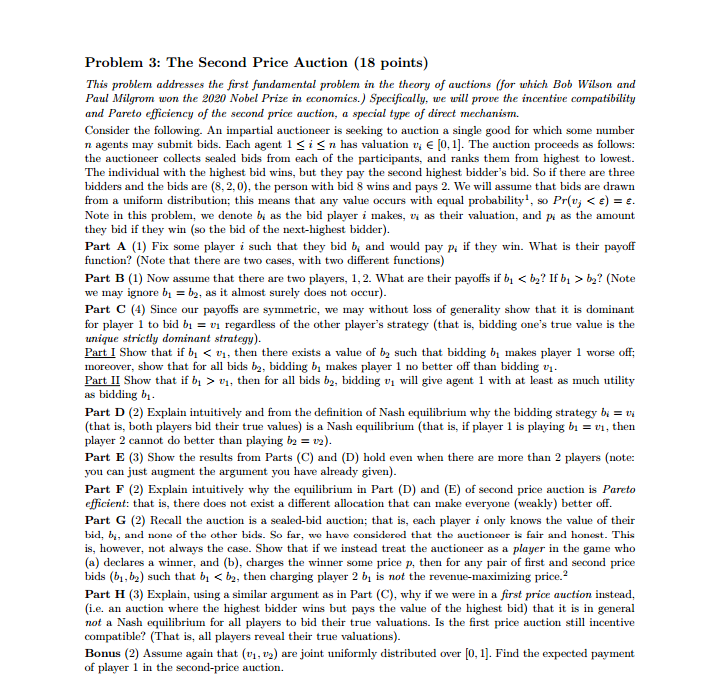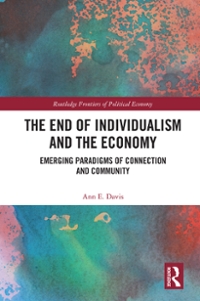Help me plz.... answer all.. show sure answer s
Consider the standard Solow growth model. Let productiv'rty be denoted by A and let the production function be Y=AF{K,N]. For simplicity, assume that there is no population growth {n20 so that N'zN]. Let depreciation be denoted by d and the savings rate by s. a. Derive the per capita capital accumulation equation for k=KIN and the steady state level of capital per worker, kss. Please show the details of your derivation to earn points. Draw the Solow model graph showing the savings line and the depreciation line and marking the steady state level of k. h. Now, consider the \"AK model\" with production function Y=AK, where A is the exogenous productivity level. Again, assume that there is no population growth in the economy. Follow the similar steps in part a. to derive the capital accumulation equation in terms of capital per capita k. c. Based on the equations you derived in part b, draw a graph similar to that of the Solow growth model to show the steady state of the model in part la. If you cannot nd such a steady state, please explain why. d. Recall that Solow growth model implies convergence in capital per capita. Does the model in part b has this feature? Problem 2: The Cournot Duopoly (18 Points) Suppose two profit-maximizing firms operate in the same market and sell identical products. The products have a marginal cost of 2 per unit and there are zero fixed costs. The market price depends on the total quantity of goods in the market. The inverse demand function is P = 102 - Q where @ = qi + q2. Thus, an equivalent expression for the inverse demand function is: P = 102 - (q1 + 92) This scenario is known as a duopoly. In a duopoly, both firms have market power, but the price depends on how much each firm produces. Thus, the firms are interdependent - any decision they make will depend on the decision the other firm makes. Part A (2) Suppose both firms have equal access to information and decide what quantity to produce at the same time. Write down the profit equations for each firm in terms of q and q2. Part B (3) Because the price depends on the total quantity produced, marginal revenue for each firm also depends on the total quantity produced. For Firm 1, MRj = 102 -2q1 - q2 and for Firm 2, MR. = 102-2q2-91- Calculate the quantity Firm 1 will produce in terms of q2 and the quantity Firm 2 will produce in terms of q1- Part C (3) How much will each firm produce? What will be the equilibrium price? Part D (2) How much profit does each firm make? Part E (3) The example above is known as a Cournot Duopoly. Suppose now that Firm 1 operates as a monopoly. The marginal revenue for Firm 1 is now MR = 100 -20. How much will Firm 1 produce? What is the equilibrium price? Part F (1) How much profit does Firm 1 make as a monopolist? Part G (4) What happens to Firm 1 when Firm 2 enters the market? Who benefits and who loses as a result of the duopoly?Problem 3: The Second Price Auction (18 points) This problem addresses the first fundamental problem in the theory of auctions (for which Bob Wilson and Paul Milgrom won the 2020 Nobel Prize in economics.) Specifically, we will prove the incentive compatibility and Pareto efficiency of the second price auction, a special type of direct mechanism. Consider the following. An impartial auctioneer is seeking to auction a single good for which some number n agents may submit bids. Each agent 1 by? (Note we may ignore by = be, as it almost surely does not occur). Part C (4) Since our payoffs are symmetric, we may without loss of generality show that it is dominant for player 1 to bid bi = 1 regardless of the other player's strategy (that is, bidding one's true value is the unique strictly dominant strategy). Part I Show that if by v1, then for all bids by, bidding on will give agent I with at least as much utility as bidding b1- Part D (2) Explain intuitively and from the definition of Nash equilibrium why the bidding strategy by = w (that is, both players bid their true values) is a Nash equilibrium (that is, if player 1 is playing bi = vi, then player 2 cannot do better than playing be = 12). Part E (3) Show the results from Parts (C) and (D) hold even when there are more than 2 players (note: you can just augment the argument you have already given). Part F (2) Explain intuitively why the equilibrium in Part (D) and (E) of second price auction is Pareto efficient: that is, there does not exist a different allocation that can make everyone (weakly) better off. Part G (2) Recall the auction is a sealed-bid auction; that is, each player i only knows the value of their bid, by, and none of the other bids. So far, we have considered that the auctioneer is fair and honest. This is, however, not always the case. Show that if we instead treat the auctioneer as a player in the game who (a) declares a winner, and (b), charges the winner some price p, then for any pair of first and second price bids (b1, by) such that bj









